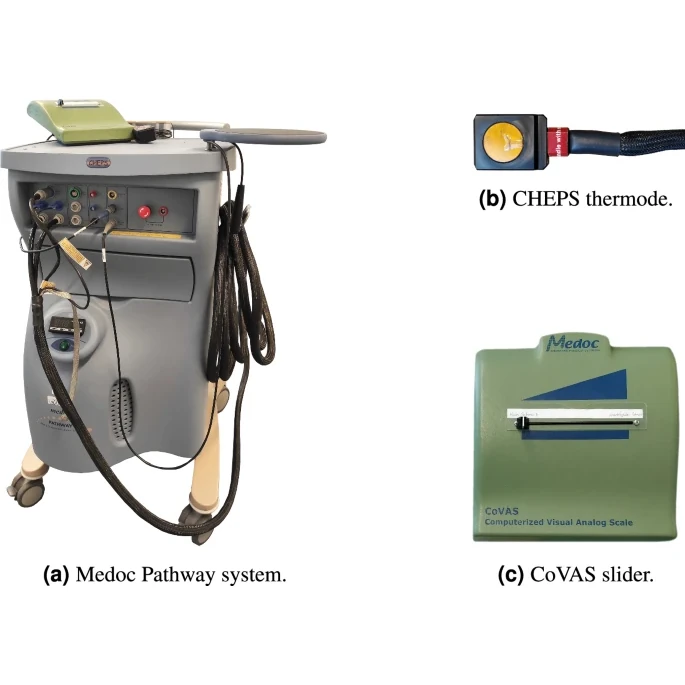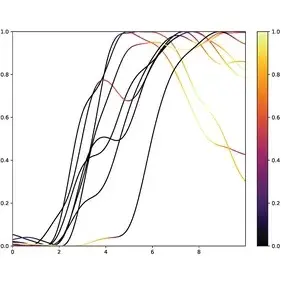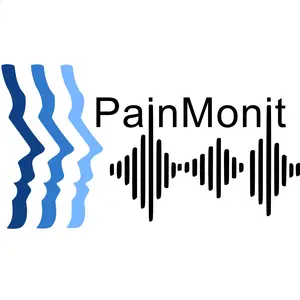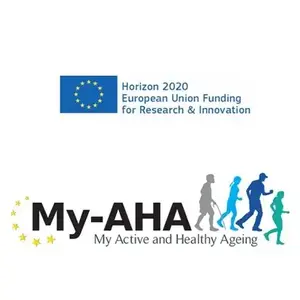About Me

I am Philip Gouverneur, and I hold a PhD in Computer Science. My studies at the University of Lübeck had a strong focus on machine learning (ML) and its applications, especially in time series analysis and deep learning (DL). My research journey has led me to explore the exciting field of Explainable AI (XAI). I've had the privilege of applying these concepts to real-world projects. One notable project was my involvement in a BMBF-funded initiative called PainMonit, which focused on automated pain detection based on physiological sensing modalities. The results of my research have been reported in several publications, mainly in the journal MDPI. Since of May 2024, I am Data Scientist at Celver. In my spare time, I enjoy photography, skiing, and playing the guitar.






















